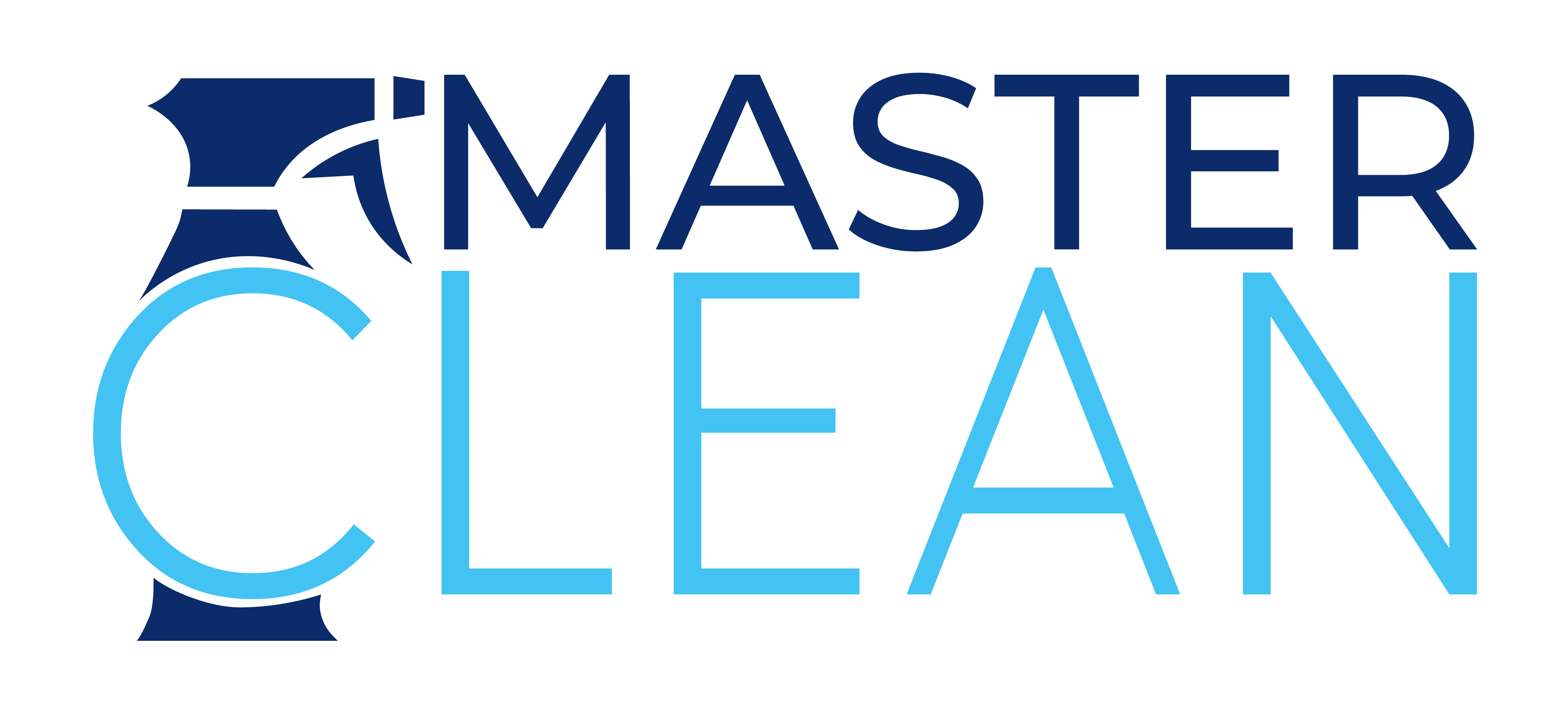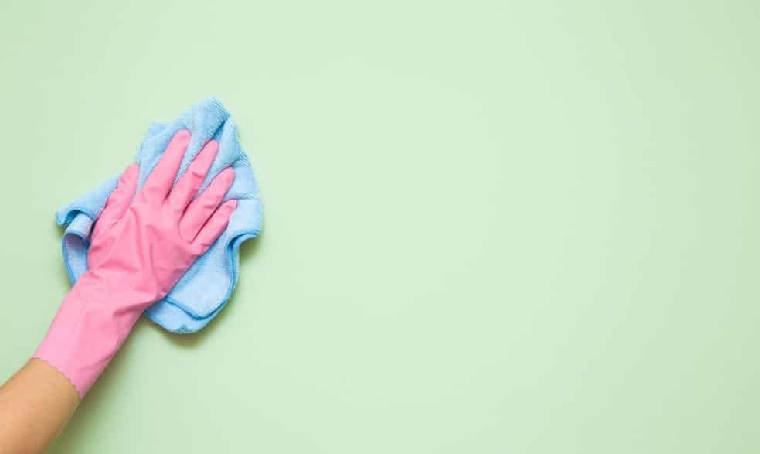Life happens. Regardless of how careful you are maneuvering around your house, you will likely experience the frustration of unwanted scuff marks or smudges on your walls and floors. Scuff marks happen when people kick stair risers and walls, most often inadvertently rather than from an abundance of anger. (Hopefully!) Moving dining chairs to and from tables, sliding furniture around, carrying anything large through your house – all these routine activities leave marks on floors and walls. Smudges show up on walls everyday simply because people wipe their hands on the wall when walking by, and fingers are often harbors of newsprint, ink, food and dirt, all of which can transfer to walls. Cleaning smudges off walls while preserving the integrity of paint and wallpaper can be tricky. You want the strawberry jam and ball-point ink gone, but not your paint. Master Clean crews tackle smudges everyday. Here, they share their professional expertise with you on effective ways to remove scuff marks off walls.
- Gentle brush – Start your cleaning attempts with a dry, gentle cloth or soft brush. Carefully swipe the surface to dislodge and remove any pieces of dirt or debris. Be removing as much of this surface debris as possible, you will reduce the chances of further smearing it into the surface, especially if the surface is slightly textured.
- Damp cloth – After dry brushing, wipe the smudge with a soft cloth that has been dampened with lukewarm water. Depending on the source of the mark itself, water might be enough to remove the stain without compromising the color or finish of your walls. Avoid oversaturating the cloth, as excessive water could leave marks on a painted wall or could potentially interfere with the adhesive backing on wallpaper.
- Rough brush – If a damp, soft cloth is not successful at removing the smudge, the next step would be to up the texture of the cleaning material being used. Try a natural sponge or toothbrush with firm bristles that can give a little more friction to your scrubbing.
- Mild soap – If smudges persist, repeat step 2, adding a small amount of mild dish soap.
- Eraser – A multi-purpose cleaning eraser does not contain any harsh ‘chemicals’ but is comprised of synthetic polymer foam also known as melamine. This highly effective cleaning device has a reputation for removing tough stains and scuff marks on walls, but you should always test a small spot (like behind a door) before cleaning a larger surface as these erasers can strip away paint and leave noticeable spots.
- All-purpose cleaner – Finally, if none of your attempts have effectively removed the scuff marks from your walls, move on to an all-purpose cleaner that does not contain bleach. Just like the erasers, you’ll want to test out a small area before treating a scuff in an obvious location.
Conducting the cleaning in a stepwise manner will avoid the use of unnecessary chemicals. After all, if the marks can be removed without expensive and harsh cleaners, you will be less likely to damage the paint or paper.




